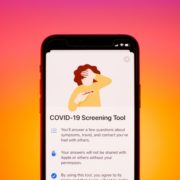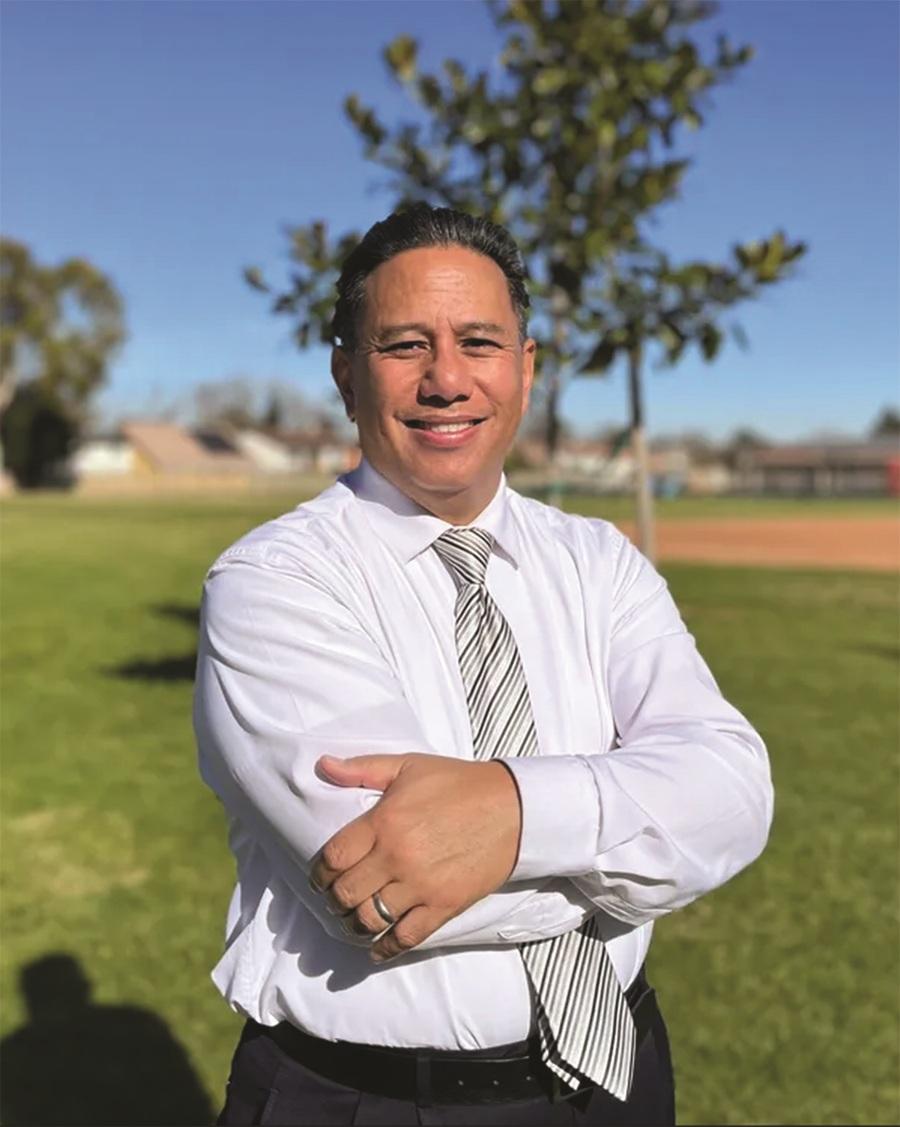In a major development in Los Angeles’ response to the coronavirus pandemic, Mayor Eric Garcetti announced that free testing at city-run sites would be available to all residents, even to those who show no symptoms.
This makes LA the first major city in the United States to offer free testing to all residents regardless of symptoms.
“We have the capacity so don’t wait, don’t wander and don’t risk infecting others,” Garcetti said during a news conference on Wednesday, April 29.
Priority will still be given to those who exhibit the known symptoms of COVID-19, are aged 65 and above and/or have underlying health conditions, but Garcetti encouraged all residents to get tested to safeguard the community. Officials also announced that workers in “high-risk settings” like bus drivers and food supply workers should be given priority testing as well.
Testing is available by appointment only (visit the city’s coronavirus portal to schedule an appointment). Testing is provided by the city which has partnered with the LA County and Community Organized Relief Effort which has helped establish 35 COVID-19 testing sites across the county.
“So long as COVID-19 spreads, we have to scale up our response, and because this disease can be a silent killer, we have carefully built the capacity to get more people tested,” Garcetti said. “No one should have to wait, wonder or risk infecting others. Don’t leave it to chance. Schedule a test.”
Drive-up testing (where patients can be tested from the safety and comfort of their vehicle) is available in several Filipino-heavy neighborhoods: Lincoln Park in Lincoln Heights, Altamed Evaluation and Testing Site in Boyle Heights, Hotchkin Memorial Training Center in Elysian Park and Good Samaritan Hospital in Westlake. (A full list of drive-up and walk-in testing sites can be found here.)
Currently, the symptoms to look out for include cough, difficulty with or shortness of breathing, fever and chills, constant shaking with chills, muscle pain, headache, sore throat and new loss of sense of smell.
Thousands of Angelenos flock to testing sites
Following Garcetti’s announcement, Angelenos hurried to secure appointments online. As of press time, testing appointments for people without symptoms are full but the city encourages people to check for updates regularly. And, of course, in any case of emergency, call 9-1-1.
The availability of testing has been a contentious national issue since the before the pandemic was officially called a pandemic. Lawmakers like House Speaker Nancy Pelosi said in March (after President Donald Trump announced a national emergency over the COVID-19 spread) that the only way to overcome the COVID-19 virus is “if we have an accurate determination of its scale and scope.”
Following the City of LA’s big move to expand testing to all residents, California state public health officials announced that testing capacity across the Golden State has increased enough to cater to more Californians.
Mirroring LA city officials’ belief that all essential workers should be tested regardless of symptoms, California officials are encouraging county officials (who have the ultimate authority to set testing restrictions) to open up testing those without symptoms who work in high-risk settings.
Expanding testing is one of the first steps to lifting the emergency mandates and “re-opening” the California economy.
“The first step in modifying the stay-at-home order and strengthening the economy is to put in place widespread testing, and the first group you’d want to have access to it is essential workers,” said Dr. Bob Kocher, a physician on Gov. Gavin Newsom’s COVID-19 testing task force. “Conceptionally people who have lots of contacts are able to be screened, and we want those people to be tested often. You want to find out if they’re sick before they have symptoms and unknowingly spread it to other people.”
As of Friday, May 1, the LA County Department of Public Health confirmed 62 new deaths and 1,065 new cases of COVID-19, bringing the county total to 1,172 deaths and 24,215 positive cases.
Based on data available for 98% of cases, 19% of deaths have been individuals of Asian descent.







